
Where we touch mountain bikes can be persnickety areas, unique to each individual rider, making components like saddles and grips exceedingly complicated to review in a meaningful way. What goes between us and the bike is often a little more universal. Shoes, shorts, and gloves need to include a specific list of features. The new DBX 5.0 clipless kicks from Leatt ($129.99 MSRP, available at Competitive Cyclist, Wiggle, and Moosejaw) cover the known bases and add a few that are worth considering.
For starters, the DBX 5.0 have a fast and simple adjustment system that cuts dressing time a bit and makes them adjustable on the trail. Simply pull the top of the compression speed lace system tight, hide the “lace” inside the little tongue pouch, and then tighten the velcro “cross tension strap” to further dial in the fit.

I like to pull the speed lace slightly looser than I would with traditional laces, leaving room to adjust the fit with the external strap. Between the shoe’s roomy toe box and precise tightening, these are a ridiculously comfortable pair of riding kicks. I have not had any issues with overlapping pieces of the material causing pain or numbness like I have had with some other shoes. The DBX 5.0 were clearly put through the wringer when it comes to overall fit and feel.
As for fit, I wear a size 43.5 whenever possible, and a 44 when there are no half sizes available. These shoes come in half sizes, and they wrap my feet with exactly the spacing and support that I want from a pair of gravity shoes. I’m confident that the designers at Leatt rode in these a fair bit before signing off on the new models.
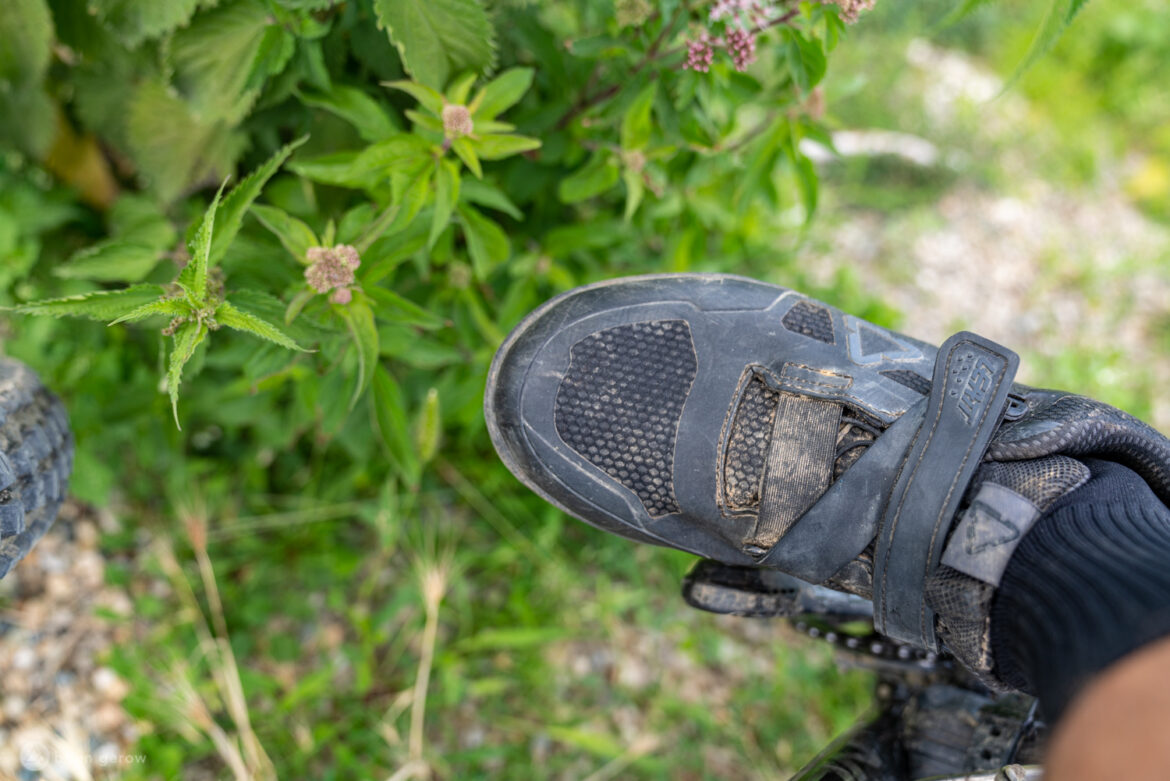
The shoe’s upper is made of what Leatt says is a “three Layer Waterproof Breathable (10K/10K)” with “Molded stabilizing heel and rigid reinforced toe area” and “Strategically placed PU reinforcements” to protect all 28 of those sensitive foot bones. The upper padding is fat, like a contemporary skateboard shoe, connecting solidly to the heavy lower outsole rubber. At 531g each (including SPD cleat) in the size 43.5, all of that padding isn’t exactly lightweight nor excessively breathable.
The place I most often bruise my feet is along my inner ankle, which isn’t well protected on these shoes. While the inside of the upper is heavily padded, that thick layer stops below my medial malleolus (large lower tibia head). I would love to see Leatt extend protection in this area on future models, as several other MTB shoe brands have done.
The other common foot injury I have experienced is aching toes or broken toenails from slamming my feet forward on steep descents. No matter how low I drop my heals, a long day at the bike park can end with some spicy foot digits in the wrong shoes. The DBX 5.0 deliver solid toe box protection and plenty of space for my phalanges to dance around, leaving my feet pain-free after several thousand feet of descending.
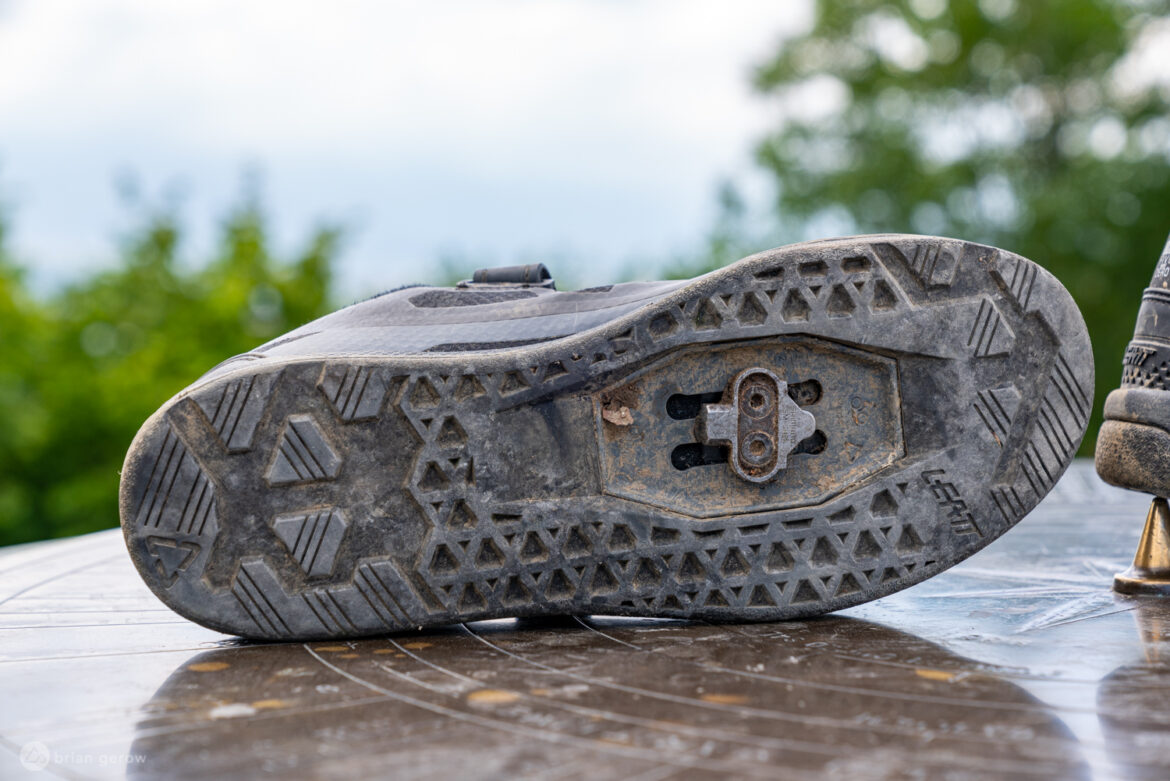
As frame reach measurements extend and seat tubes steepen, mountain bikers have had to move our saddle and cleat position to better accommodate the shifting geometry. The further forward the saddle slides in relation to the BB, the closer our knees are to being in line with or past the pedal spindle when we are applying maximum pressure to the cranks — similar to doing squats with your knees too far forward. Fortunately, shoe brands noticed this and have adapted their cleat channels to allow for more adjustment fore and aft.
The cleat channel on the DBX 5.0 is a full 25mm long, allowing for a true mid foot cleat position. A load of gravity riders have said that they prefer the mid foot position over a traditional “ball of the foot” cleat placement, and Leatt has been listening to their clients. I tried riding with the cleats all fo the way back on these shoes, and it felt quite nice. It created a notable “in” rather than “on” the bike sensation while descending. I didn’t love the mid foot position while climbing, as it generally felt less powerful, and unfortunately, my frame won’t allow a low enough saddle height to run my cleats in the full aft placement. If I were consistently riding in bike parks or shuttling I would be tempted to keep the clips as far back as possible.
Finally, the sole of these top-shelf shoes from Leatt is fairly grippy, though it’s nowhere near the gummy rubber that comes on some flat pedal shoes that are known for losing their tread quickly. There’s more than enough traction for walking around during a coffee stop or while sessioning jump lines, and the tread has gripped my pedal pins well enough any time I’ve accidentally clipped out and had to stand on the pedal body.
Leatt says that “the sole also features mud channels, which efficiently keep the mud off the soles, so that you are in constant contact with your pedals or the ground.” There is an unfortunate amount of clay where I live, and I have yet to find a pair of shoes that doesn’t turn into a greasy toboggan as soon as I put my foot in the mud. That’s more so a result of the soil composition than the fault of any shoe, but these are no different.

⭐️ Find the Leatt DBX 50 shoes online at Competitive Cyclist, Wiggle, and Moosejaw.
Thanks to Leatt for sending the DBX 5.0 shoes for review.













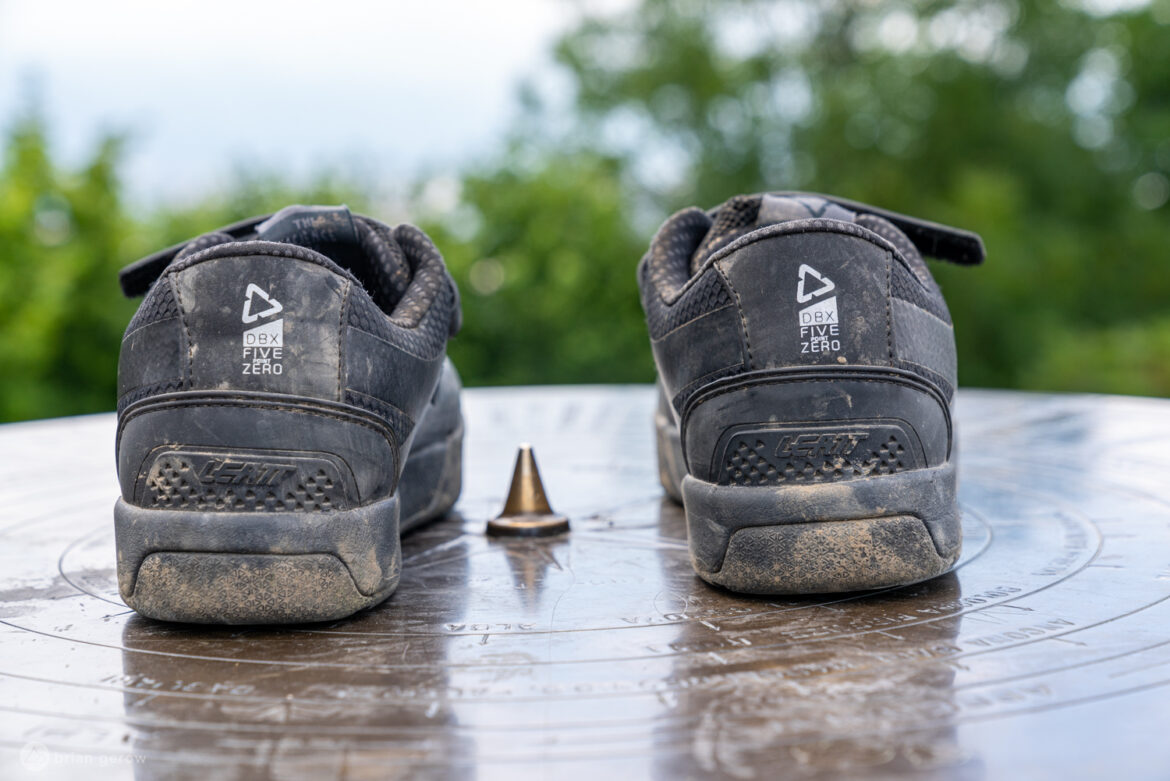






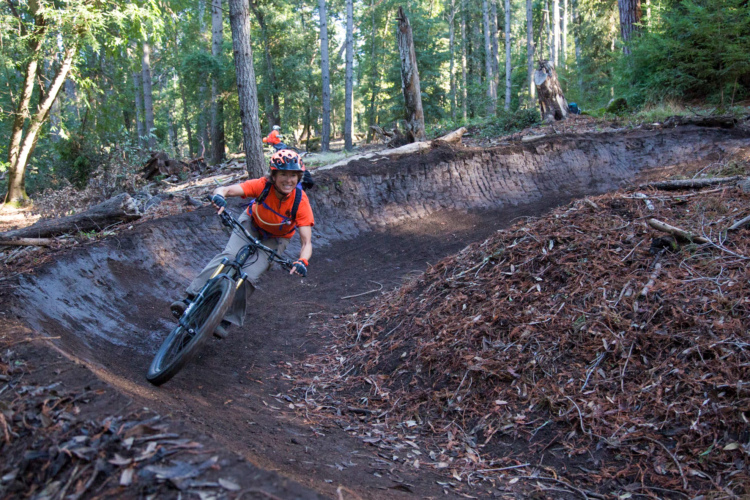

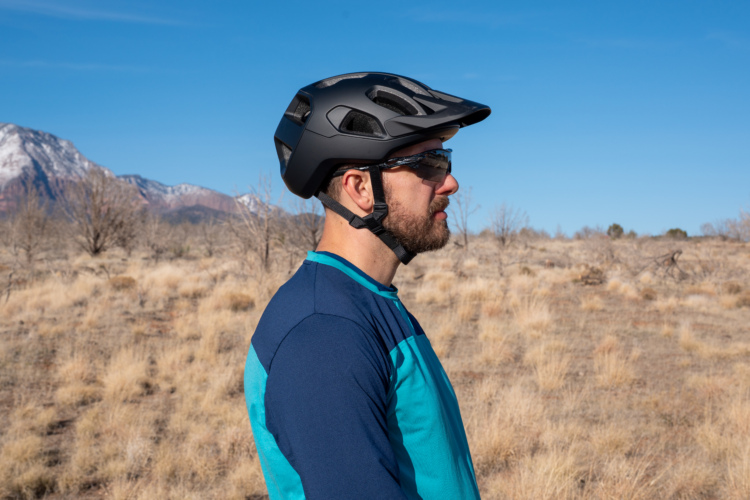
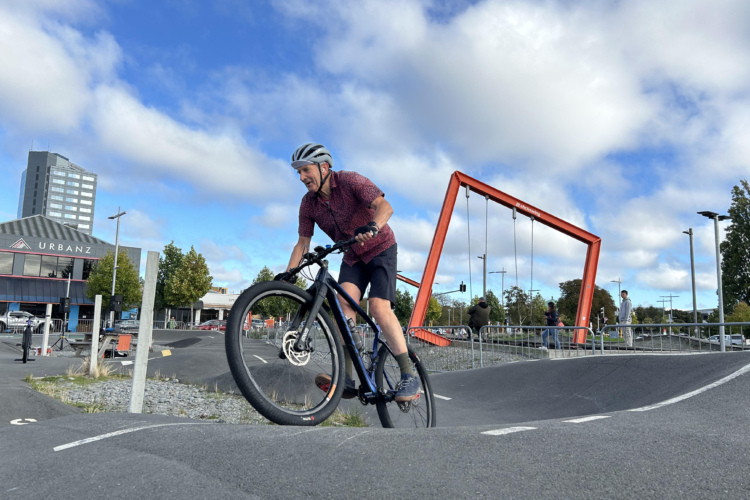

1 Comments
Aug 16, 2020
The only option is buy another pair. Had I know they aftersales service is terrible i would never have wasted my money on this brand LEATT. Learn from my experience and #DontBuyLEATT.